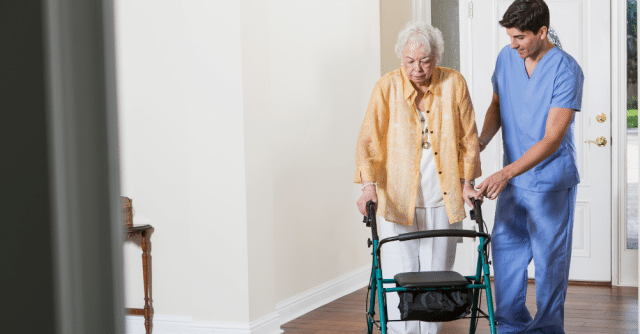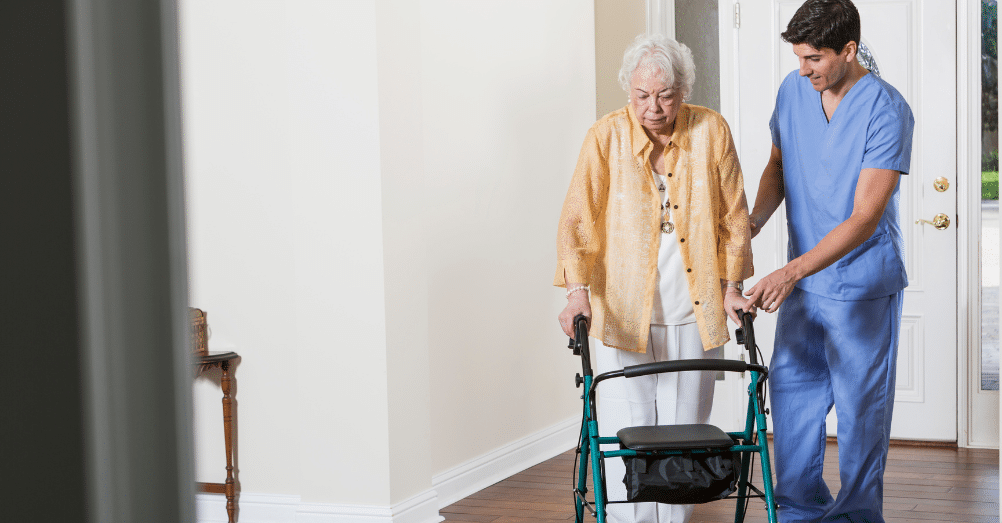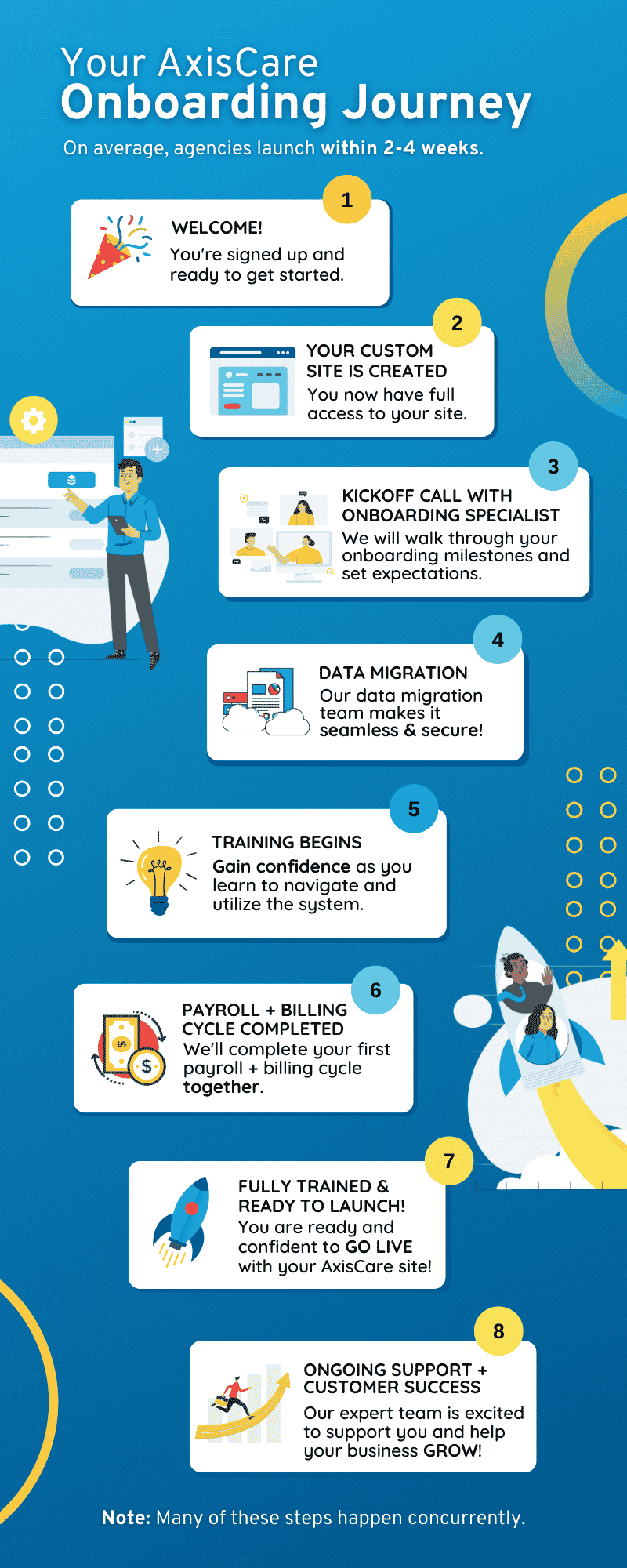For patients in the world of home care, continuity means knowing exactly what you’re going to get in terms of care delivery and quality. It means a familiar face showing up at the front door – someone who understands your personal situation and has become a trusted connection over time.
Continuity also means receiving care that is consistent, building on past experiences and diagnoses to create the best possible outcomes for each patient’s situation. It’s essential from both a social and medical standpoint, but in many cases, it’s very difficult for agencies to maintain.
This is due in large part to the industry-wide turnover epidemic: 80% of caregivers will leave their position within just 100 days of starting, creating a constant need for new employees and a lack of familiarity among clients.
In this piece, we will cover several tips for maintaining and improving consistency in the face of various challenges, including how to begin your home care software transition.
Why Continuity Matters for Home Care Agencies
Over time, the benefits of continuity trickle down for patients and agencies alike. It begins with properly addressing each individual’s health situation and then creating and maintaining care plans that can support their needs over time. These plans are a key pillar of enabling consistency: even as caregivers come and go, they must be followed to the letter in order to properly administer the required care.
In an ideal situation, patients who stick to their plans will enjoy a better quality of life over time. Not only will their day-to-day wellness improve, but they will be less at risk of hospitalization if minor challenges are treated at home (and therefore prevented from becoming an emergency or requiring hospitalization).
When continuity helps patients feel supported, cared for, and in good shape, the stage is set for trust bonds to form. Client satisfaction increases, the patient-caregiver relationship thrives, and employees feel empowered by their impact.
4 Key Strategies to Ensure Continuity in Home Care
Continuity may feel like a nebulous concept, but there are practical solutions agencies can implement to improve the quality and consistency of their care.
1. Utilize Comprehensive Home Care Management Software
A home care system is an essential platform for any agency looking to standardize its operations and reduce process variation. It gathers patient information in a central hub, making the most up-to-date and accurate information accessible to caregivers and administrators alike. When data is stored in a single, secure platform, stakeholders can quickly retrieve and update essential information like current health conditions, medical history, prescriptions, and personal care preferences.
During home visits, caregivers can take this data on the go using their mobile devices: a few quick clicks can provide access to all the data they need to deliver the proper care to each patient. What’s more, features like algorithm-assisted scheduling ensure each shift is assigned the best caregiver for the job, so patients can feel certain that they’re in good hands.
2. Standardize Care Plans & Documentation
It’s important to note that care plans should always be tailored to the individual, and personalized attention is a key pillar of person-centered care. That being said, certain protocols for common health conditions can be standardized across an agency’s client roster, helping caregivers understand the specific interventions, safety considerations, and daily routines necessary to manage each one.
By creating a standard template for these plans, agencies can provide every caregiver with a clear and proven approach to follow, which is key for maintaining consistent care regardless of who is being staffed on a given day. Standardized documentation formats also ensure that important health information is recorded in a familiar way, so caregivers will spend less time trying to interpret their colleagues’ notes and instead focus on capturing updates during the visit.
3. Foster Strong Caregiver-Client Relationships
Assigning the same caregiver to a given client whenever possible is one of the most important pillars of continuity. When employees regularly work with the same patients, they develop a deeper understanding of their needs, preferences, and routines. This familiarity goes a long way towards creating a comfortable relationship, while enhancing the caregiver’s ability to anticipate the patient’s needs and deliver more efficient care.
4. Implement Clear Communication Protocols
Similar to documentation standards, establishing set communication protocols can help preserve continuity across different caregivers and shifts. Structured handoffs between shifts will safely pass key information between stakeholders, minimizing the risk of miscommunication. The SBAR technique is a great framework for home care, as it walks through every crucial element of the patient interaction: Situation, Background, Assessment, and Recommendation.
Setting recurring team huddles is another great way to enhance communication, creating a forum for caregivers to discuss client updates, address care-related concerns, and sync up on care strategies. These meetings don’t have to be long – they should simply provide a predictable time slot for employees to share anything they feel is relevant to the larger team.
How AxisCare Supports Continuity of Home Care
AxisCare is a powerful software designed to help home care agencies succeed in all ways. We act on all the latest home care innovations to continuously provide a platform that anticipates and resolves agencies’ most pressing needs, including maintaining continuity of care.
By centralizing patients’ health records, all relevant stakeholders can access complete, up-to-date information prior to each visit, even if a different caregiver is on duty than usual. Our automated scheduling feature intelligently assigns caregivers to patients based on familiarity, compatibility, and specialization, ensuring as much consistency as possible and assigning the next best option should the usual caregiver not be available.
Standardized documentation templates aim to reduce process variation and simplify information handoff, while HIPAA-compliant chat allows stakeholders to communicate in real-time should there be an urgent update.
Next Steps for Improving Continuity in Home Care
Want to learn more about how we can help your agency simplify its operations and deliver more consistent care in one fell swoop? Request a live demo with one of our home care experts.









